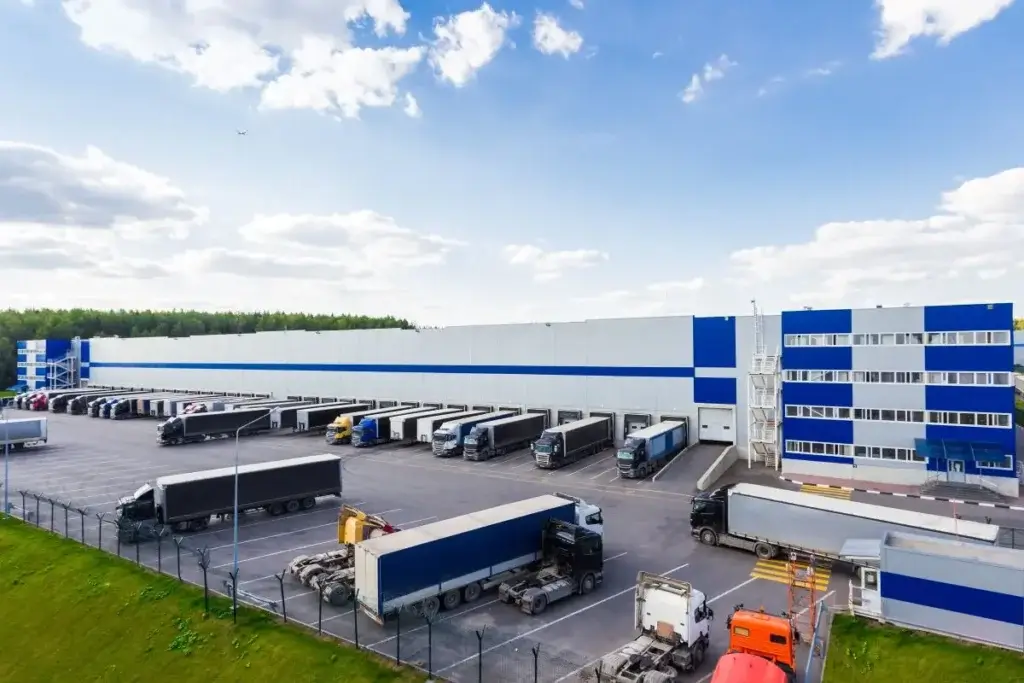Supply chains are becoming increasingly complex and intermodal, this is especially the case for cross-border deliveries – mainly in the import and export business. Goods may be transferred to trucks at the production facility, from where they are taken to the port before starting their journey overseas via container ship. Once they arrive at their destination, there may be another modal shift to rail before they reach their point of arrival again by truck. The problem here: The longer the distance the goods cover and the more frequently the transport modalities are changed, the more susceptible the supply chain is to possible disruptions and delays caused by weather changes, congestion at border crossings or delays at transhipment points. Once the supply chain is disrupted, all parties involved face challenges, both on the logistics side as well as for the final recipients of the goods.
High operational risk due to supply chain disruption
In many companies, disruptions in the supply chain cause business interruptions when goods that are urgently needed are suddenly unavailable. This also leads to a simultaneous drop in productivity, as employees cannot be kept as busy as usual. In addition, the search for alternative suppliers is very time-consuming and also associated with additional costs during the onboarding process.
These disruptions can therefore affect downstream companies that depend on certain supplier parts for their own production. The lack of goods not only threatens the company’s reputation, but also the customer relationship. In the worst case, the loss of revenue and market shares poses an existential threat to the affected companies.
All modalities at a glance
To counteract these unforeseen and sudden interruptions, a well-organized and, above all, transparent supply chain management is mandatory. This includes proactive and forward-looking risk monitoring, ensuring the supply of primary products and materials necessary for seamless production, protecting the company’s own reputation, securing sales and saving costs at the same time.
The following four tips support companies during this process and ensure a transparent intermodal supply chain management:
1. Including real-time information
The task is to link the company’s own information with external data sources such as water levels, traffic info or flight schedules. Machine learning algorithms use this data sources to calculate the Estimated Time of Arrival (ETA) and refine its prediction over time. In this way, companies benefit from reduced buffer times, improved route planning and optimized asset utilization.
2. Making resource management more flexible
It is worth taking a close look at logistics processes such as incoming goods inspection, the organization of ramp utilization or general time management and optimizing them if necessary to use resources in a more targeted way.
3. Ensuring transparent and smooth information exchange
Transparent and smooth communication causes many benefits for suppliers and customers alike. If all parties in the supply chain are aware of the current shipment status, this facilitates communication, ensures optimal capacity planning and thus increases customer satisfaction.
4. Make decisions quickly and proactively
Unforeseen events and disruptions are always to be expected but keeping an eye on every single transport and checking for possible delays takes time and resources. Instead, by sending alerts directly to the relevant endpoints, companies can focus on monitoring these critical parts of the supply chain, reschedule quickly and make transport processes more efficient.
Targeted use of artificial intelligence
Synfioo’s software uses artificial intelligence to analyze historical and current disturbances from over 70 external data sources and takes the company’s own data into account to create reliable and precise ETAs. With the Track & Trace application, all parties involved in the supply chain have real-time access to the current location data of every single transport.
With this comprehensive knowledge base on transport events and future developments, modality changes are transparent and, above all, more efficient, especially in complex intermodal supply chains, as the decisive random factor is significantly minimized. Customers can thus intervene in processes at an early stage and make logistics processes run more smoothly.
Photo: Roy Upam, CC BY-SA 4.0, via Wikimedia Commons









